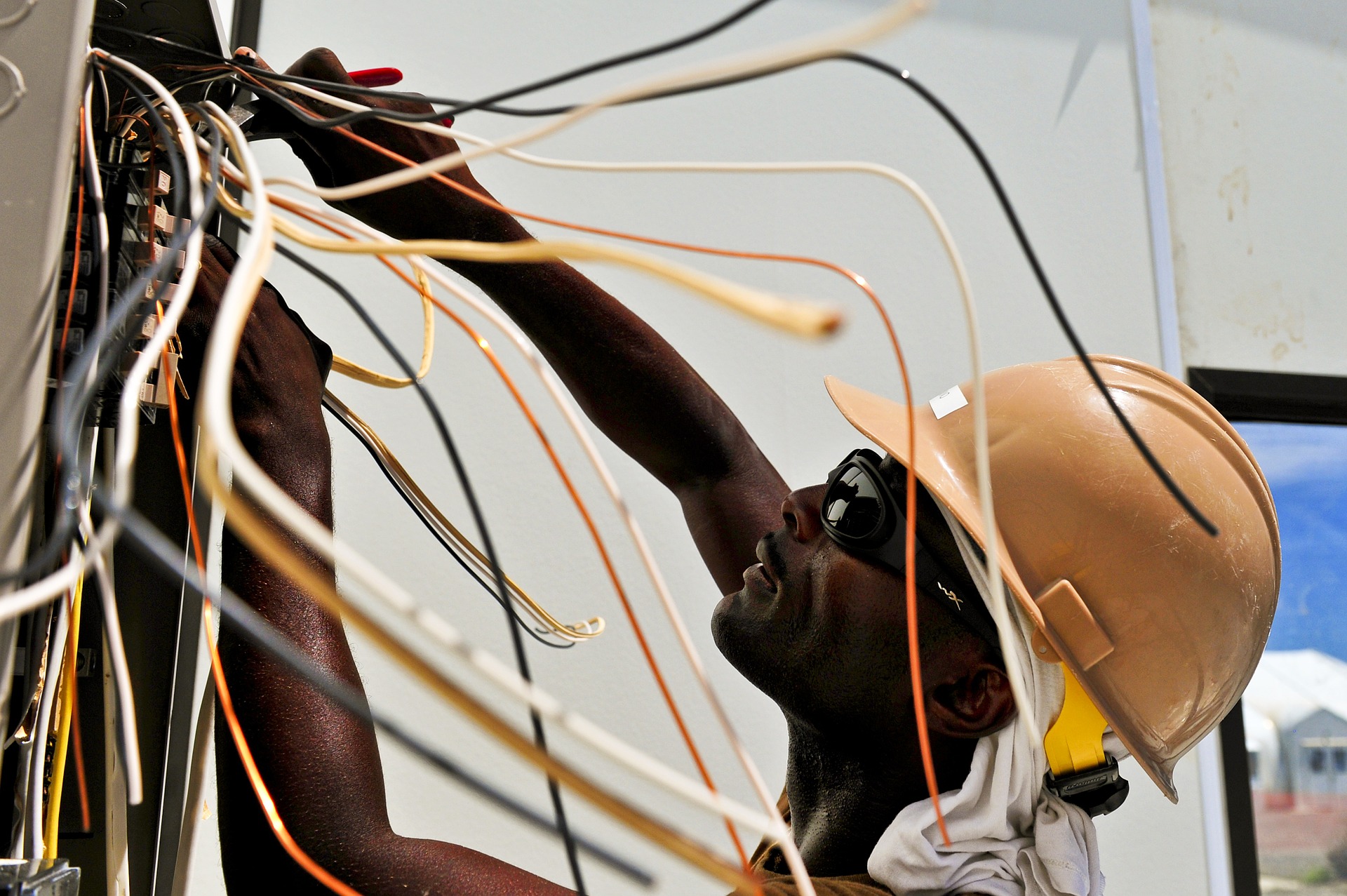DIY Troubleshooting for Minor Electrical Issues
In Sutton Coldfield, a homeowner encountered minor electrical issues and sought to perform preliminary troubleshooting while awaiting assistance from an emergency electrician. The proactive approach aimed to ensure the safety and functionality of the electrical system pending professional intervention.
Background:
The homeowner observed isolated electrical anomalies such as non-functional outlets, lighting inconsistencies, and the occasional tripping of circuit breakers. Recognizing the importance of timely resolution and safety, the homeowner opted to implement DIY troubleshooting measures in collaboration with an emergency electrician in Sutton Coldfield.
Steps Taken:
- Circuit Breaker Inspection:
The homeowner initiated the troubleshooting process by inspecting the circuit breakers in the electrical panel. Tripped breakers were reset by securely switching them off and then on to restore power to the affected areas.
- Outlet and Switch Inspection:
Thorough visual inspections of outlets and switches were conducted to detect signs of damage or irregularities such as burn marks, discoloration, or unusual odors. If any issues were identified, the affected components were promptly isolated from use.
- Testing GFCI Outlets:
Ground Fault Circuit Interrupter (GFCI) outlets were tested by engaging the “Test” and “Reset” buttons to ensure proper functionality. Any malfunctioning GFCIs were flagged for professional evaluation.
- Lighting Fixture Assessment:
To address lighting irregularities, the homeowner checked the condition of bulbs and their proper installation. Persistent issues were noted for review by the emergency electrician, considering the possibility of underlying wiring or fixture concerns.
- Extension Cord Inspection:
All extension cords were thoroughly examined for visible damage, fraying, or exposed wires. Any compromised cords were promptly replaced to mitigate the risk of electrical hazards.

- Circuit Load Distribution:
Conscious effort was made to avoid overloading circuits, ensuring a balanced distribution of the electrical load to prevent tripped breakers and potential overheating.
- Appliance Testing:
Appliances displaying malfunctioning behavior were tested in alternate outlets to determine if the issue was isolated to the appliance or the electrical supply, providing additional clarity for the emergency electrician.
Collaboration with Emergency Electrician:
- Professional Consultation: The homeowner recognized the importance of collaborating with an emergency electrician in Sutton Coldfield for a comprehensive assessment and resolution of the minor electrical issues, ensuring safety and functionality were effectively restored.
- Safety Emphasis: Throughout the DIY troubleshooting process, the homeowner maintained a commitment to safety by exercising caution and refraining from undertaking repairs beyond their expertise, ultimately prioritizing professional intervention for any issues beyond minor troubleshooting.
Final Verdict
The collaborative effort between the homeowner and the emergency electrician in Sutton Coldfield underscored the significance of proactive DIY troubleshooting measures in addressing minor electrical issues while prioritizing safety and efficiency. This case study serves as a testament to the value of informed collaboration and safety-conscious practices in managing residential electrical challenges.







